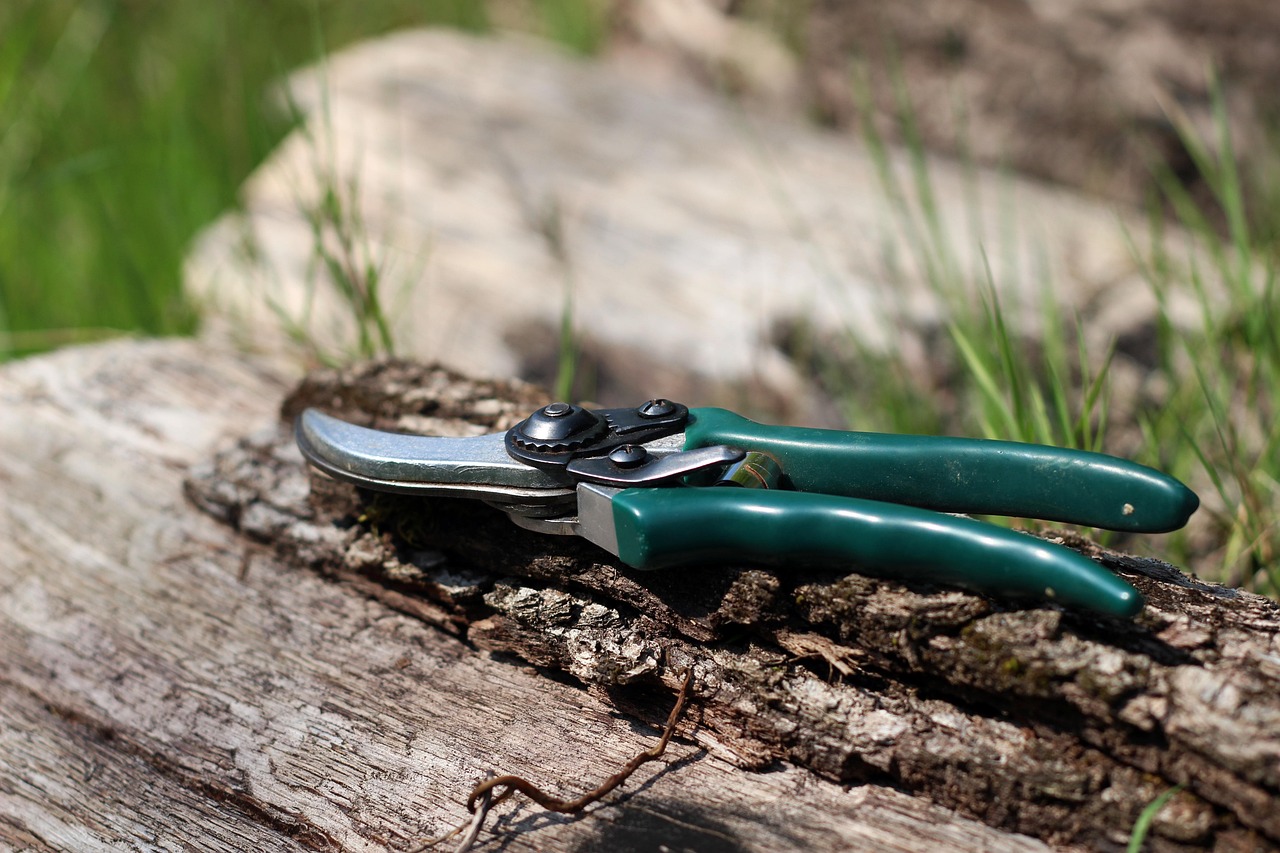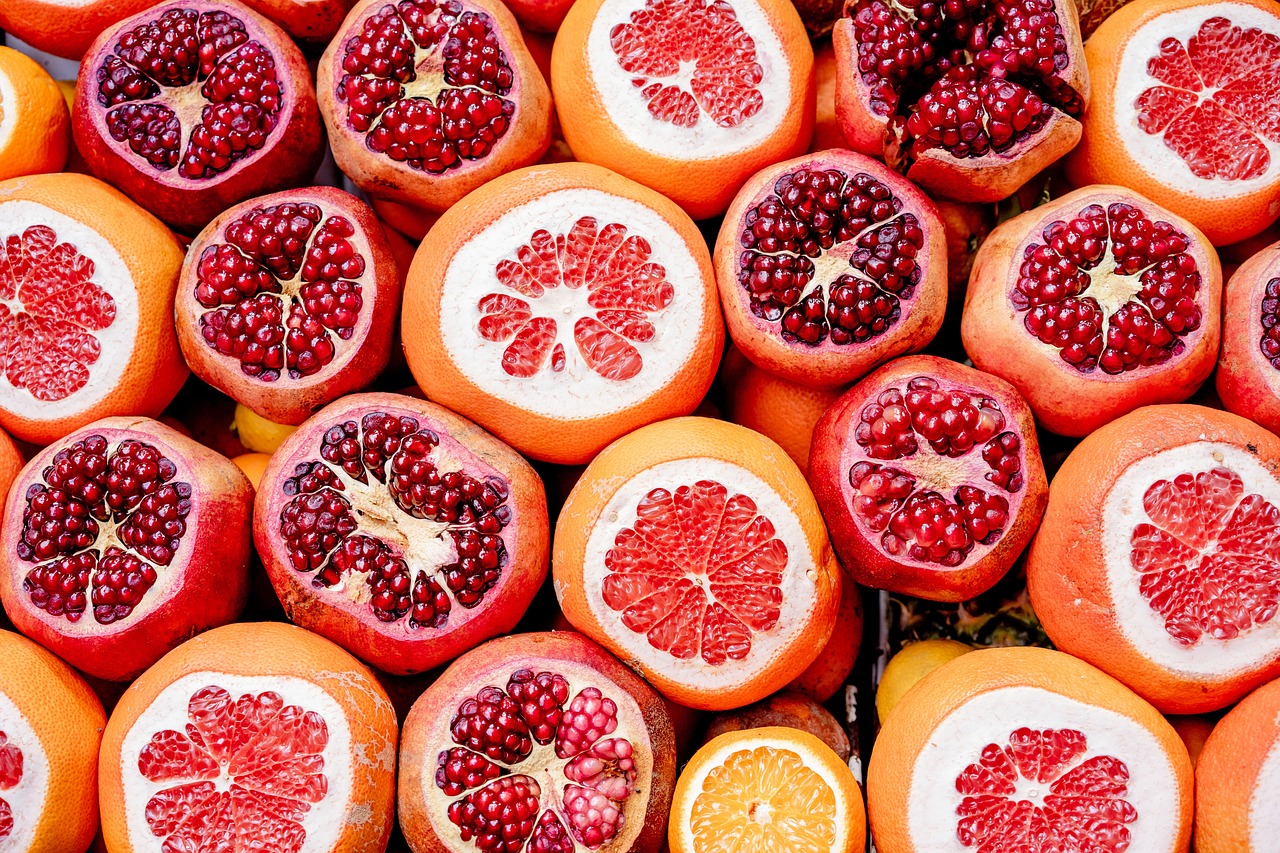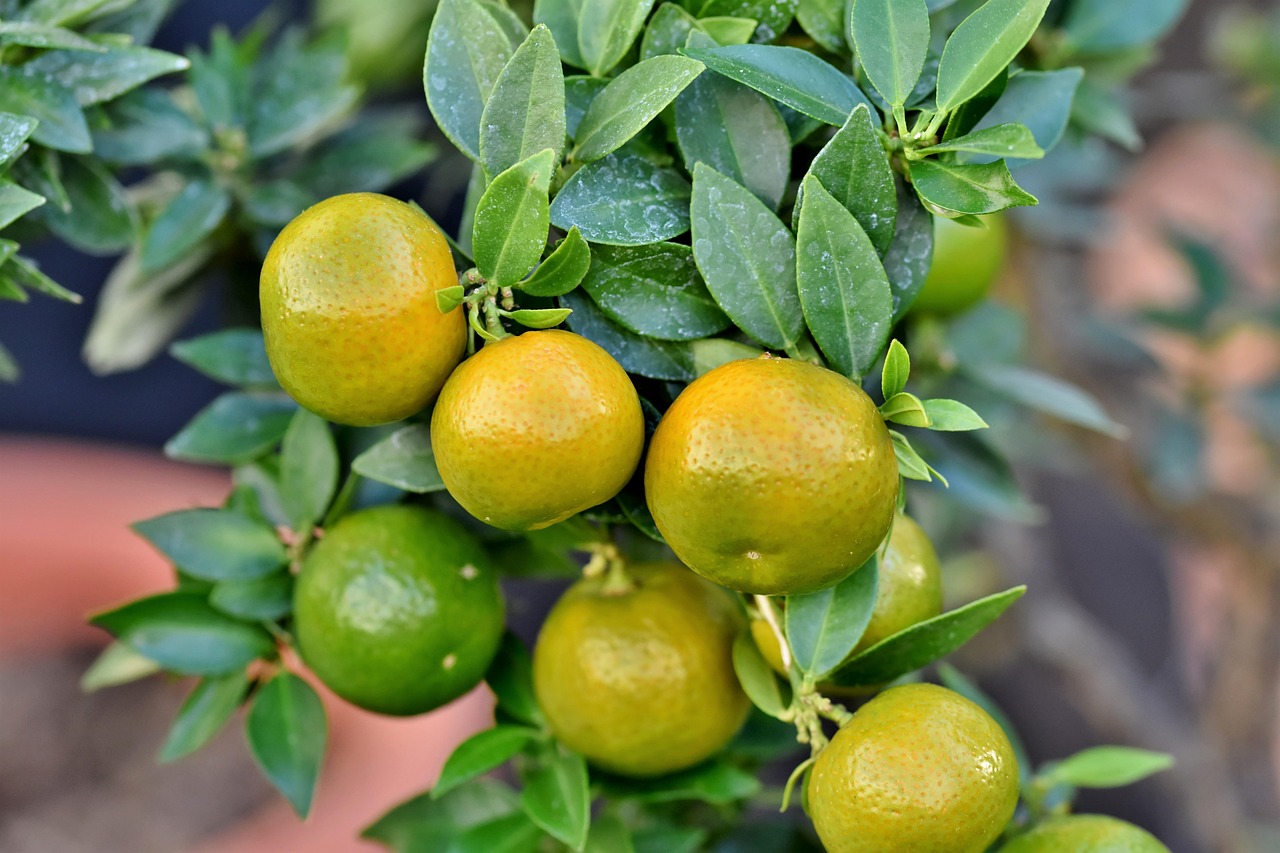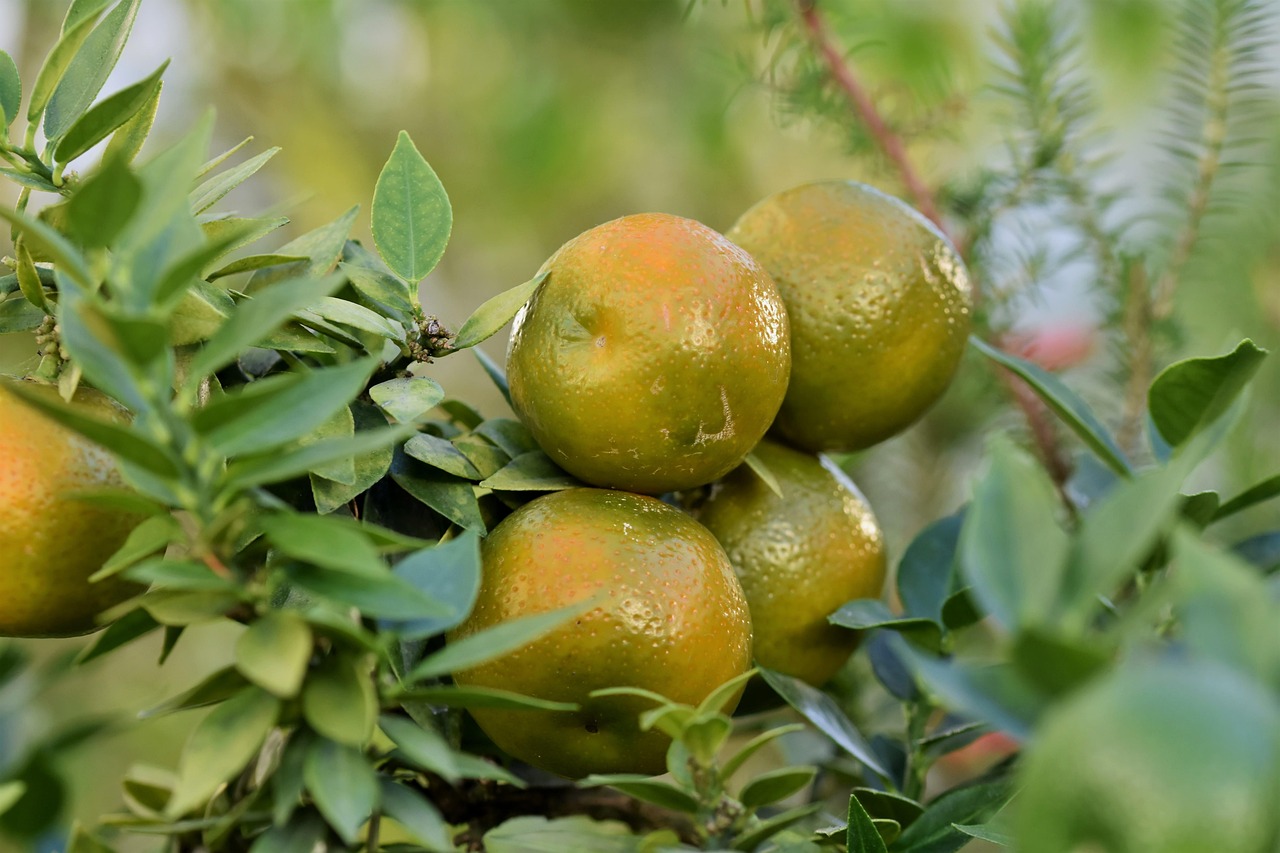Pruning grapefruit trees effectively enhances fruit quality by increasing sunlight penetration, improving air circulation, and stimulating healthy growth. Proper pruning techniques can lead to juicier, sweeter fruits while also maintaining the tree’s overall health.
Grapefruit trees are beloved for their vibrant fruits and glossy leaves. They thrive in warm climates, making them popular in home gardens across sunny regions. However, like any fruit-bearing tree, they require regular care and attention, particularly when it comes to pruning. Understanding the right techniques and timing for pruning can significantly impact the quality of the fruit produced.

Pruning is not merely about cutting branches; it is a vital process that helps shape the tree and encourages optimal growth. When done correctly, it can lead to increased fruit production and improved fruit quality. Grapefruit trees can become dense over time, which may block sunlight from reaching inner branches and inhibit air circulation. This results in lower fruit quality and even pest infestations.
Understanding Grapefruit Tree Growth
Before diving into pruning techniques, it is essential to understand how grapefruit trees grow. Grapefruit trees generally have a pyramidal shape. Their growth can be classified into three main stages: juvenile, mature, and declining.
- Juvenile Stage: This stage lasts for the first few years. The tree focuses on establishing roots and developing a strong framework.
- Mature Stage: In this stage, the tree reaches its full height and begins producing fruit. Proper pruning during this phase is crucial for maximizing yield.
- Declining Stage: As the tree ages, it may produce less fruit. Regular maintenance can help rejuvenate older trees.
The health and productivity of grapefruit trees can be greatly enhanced through regular pruning practices. Knowing when to prune is as important as how to prune.

When to Prune Grapefruit Trees
The best time to prune grapefruit trees is typically late winter or early spring before new growth begins. Pruning during this period allows the tree to recover quickly and encourages new growth. However, minor pruning can be done throughout the year to remove dead or damaged branches.
Here are some signs that indicate it may be time to prune your grapefruit tree:
- Dead or diseased branches
- Overcrowded or crossing branches
- Pests or fungal issues present
- Reduced fruit size or quantity
Tools Needed for Pruning
Using the right tools is crucial for effective pruning. Here are some essential tools you will need:

- Hand Pruners: Ideal for cutting small branches and stems.
- Loppers: Useful for thicker branches that are too large for hand pruners.
- Saw: A pruning saw is helpful for cutting larger limbs.
- Gloves: Protect your hands while handling sharp tools and branches.
Pruning Techniques for Juicier Fruits
There are several techniques that can help you prune your grapefruit tree effectively. Each method has its role in ensuring that your tree remains healthy while producing high-quality fruits.
1. Thinning Cuts
This technique involves removing entire branches back to their point of origin. Thinning cuts improve air circulation and light penetration within the tree canopy, which is essential for fruit development.
2. Heading Cuts
Heading cuts involve cutting back a branch to a shorter length. This encourages new growth from the remaining buds, leading to a bushier tree. This technique can help in shaping the tree and improving overall fruit production.

3. Removal of Suckers
Suckers are vigorous shoots that grow from the base of the tree or from the roots. Removing these suckers redirects energy into fruit production rather than unproductive growth.
Benefits of Pruning
The benefits of regular pruning extend beyond just improving fruit quality. Here are some key advantages:
| Benefit | Description |
|---|---|
| Increased Sunlight | Pruning opens up the canopy, allowing more sunlight to reach all parts of the tree. |
| Better Airflow | Improved air circulation reduces the risk of fungal diseases. |
| Enhanced Fruit Quality | With better light and airflow, fruits develop more sugars, resulting in juicier and tastier produce. |
| Pest Management | A well-pruned tree is less susceptible to pests and diseases. |
Caring for your grapefruit tree through proper pruning techniques is vital for achieving juicy fruits and maintaining overall tree health. Understanding your tree’s growth patterns and the right time for pruning will set you on the path to success with your grapefruit harvest.
Common Mistakes in Pruning Grapefruit Trees
While pruning is essential for the health of grapefruit trees, it is equally important to avoid common mistakes that can lead to poor growth or reduced fruit quality. Many novice gardeners might not realize how detrimental improper pruning can be. Here are some common pitfalls to watch out for:
- Over-Pruning: Removing too many branches can stress the tree and reduce fruit yield. It is crucial to maintain a balance between thinning and leaving enough foliage for photosynthesis.
- Pruning at the Wrong Time: Pruning during the wrong season can damage new growth or expose the tree to disease. Always aim to prune during the tree’s dormant period.
- Neglecting to Sterilize Tools: Using unclean tools can transfer diseases from one plant to another. Always clean and sterilize your pruning tools before use.
- Ignoring Tree Shape: Pruning without considering the natural shape of the tree can result in an awkward appearance and uneven growth. Aim to maintain a balanced structure.
Signs of a Healthy Grapefruit Tree
A healthy grapefruit tree will show several signs that indicate it is thriving and ready for effective pruning. Understanding these signs can help you determine when and how much to prune.
- Dark Green Leaves: Healthy leaves are a rich, dark green color, indicating good nutrient uptake.
- Strong New Growth: Observe for vigorous new shoots; this is a sign that the tree is healthy and can support fruit production.
- Fruit Set: A healthy tree will produce abundant flowers that develop into fruits. Look for a consistent set of fruits on the branches.
- No Signs of Pests: A healthy tree will show minimal pest activity and damage. Regular inspection can help catch issues early.
Advanced Pruning Techniques
Once you have mastered basic pruning techniques, consider implementing more advanced approaches for enhanced fruit yield and tree health. Here are some techniques worth exploring:
Crown Reduction
Crown reduction involves selectively removing branches from the top of the tree to reduce its height while maintaining its shape. This technique is beneficial for trees that have grown too tall, making it difficult to manage fruit harvesting.
Espalier Training
Espalier training is a method of growing and shaping trees against a wall or fence. This technique maximizes sunlight exposure and can improve fruit quality by providing a controlled environment. It involves pruning and tying down branches at specific angles to create a flat shape.
Winter Pruning
Some gardeners choose to perform light pruning in winter, which can prepare the tree for the upcoming growing season. This method focuses on removing small, weak branches or dead wood without affecting larger structures.
Fertilization and Watering Post-Pruning
After pruning, it’s essential to provide proper care to support new growth. Fertilization and adequate watering play a significant role in this recovery process.
Fertilization
Selecting the right fertilizer is crucial post-pruning. Consider using a balanced fertilizer that provides nitrogen, phosphorus, and potassium. These nutrients will encourage healthy growth and fruit production. Apply fertilizer according to the manufacturer’s instructions after pruning to give your grapefruit tree a nutritional boost.
Watering
Proper watering is vital following any pruning activity. Ensure that the soil remains moist but not waterlogged. Overwatering can lead to root rot, while underwatering can stress the tree and inhibit growth. A consistent watering schedule will help your grapefruit tree recover efficiently.
Pest and Disease Management
Even with proper pruning practices, grapefruit trees can still be susceptible to pests and diseases. Monitoring your tree regularly can help you catch problems early. Here are some common pests and diseases to look out for:
- Citrus Psyllid: This pest can cause significant damage by feeding on young leaves, leading to stunted growth.
- Scale Insects: These small pests attach themselves to branches and leaves, sucking sap and weakening the tree.
- Citrus Canker: A bacterial disease that causes lesions on leaves and fruit, leading to poor quality.
- Powdery Mildew: A fungal disease that thrives in humid conditions, resulting in a white powdery coating on leaves.
If you notice any signs of pests or diseases, take immediate action. Treatments may include organic insecticides or fungicides, depending on the issue.
The Role of Mulching
Mulching is another vital aspect of grapefruit tree care that complements pruning efforts. Applying mulch around the base of the tree helps retain moisture, suppress weeds, and improve soil health as it decomposes.
A good mulch layer consists of organic materials such as wood chips or straw. Aim for a thickness of 2-4 inches around the base while keeping it clear from the trunk to prevent rot.
Caring for your grapefruit tree through effective pruning, fertilization, pest management, and mulching creates an environment conducive to growing juicy fruits. By integrating these practices into your gardening routine, you can maximize your grapefruit harvest and ensure your trees remain healthy for years to come.
Harvesting Grapefruit: Timing and Techniques
Once your grapefruit tree has been properly pruned and cared for, the next important step is harvesting the fruit at the right time. Proper timing not only ensures that the fruit is ripe but also contributes to better flavor and juiciness.
When to Harvest Grapefruit
Grapefruit typically ripens in late winter to early spring, depending on the variety and climate. Here are some key indicators that your grapefruit is ready for harvest:
- Color Change: Mature grapefruit will display a vibrant color. Depending on the variety, this can range from yellow to pink or red. A dull appearance may indicate that the fruit is still unripe.
- Size: Grapefruit should reach a specific size, which varies by variety. Measure the diameter to ensure it meets the expected size for the type you have planted.
- Feel: Ripe grapefruit will feel heavy for their size and have a slight give when gently squeezed. If they feel hard, they may need more time on the tree.
- Taste Test: If you’re unsure, pick one fruit and taste it. If it tastes sweet and juicy, it’s likely time to harvest.
Harvesting Techniques
When it comes to harvesting grapefruit, using the right technique is essential to avoid damaging the fruit or the tree itself. Here are some effective methods for harvesting:
- Cutting with Pruners: Use sharp hand pruners to cut the grapefruit from the branch. This method minimizes damage to both the fruit and tree.
- Twisting: For some varieties, gently twisting the fruit while pulling it away from the branch can help detach it without cutting.
- Using a Fruit Picker: For hard-to-reach fruit, use a fruit picker with an extension pole to safely harvest without climbing the tree.
Be sure to handle each grapefruit carefully after harvesting to avoid bruising, as this can affect flavor and storage life.
Storing Grapefruit for Optimal Freshness
After harvesting, proper storage is vital to maintaining the quality of your grapefruit. Here are some tips to ensure your fruit stays fresh:
Short-Term Storage
If you plan to consume your grapefruit within a week or two, store them at room temperature in a cool, dry place. This helps preserve their flavor and juiciness.
Long-Term Storage
For longer storage, consider refrigerating your grapefruit. Here’s how:
- Wrap Individually: Wrap each grapefruit in paper or place them in a breathable mesh bag to allow air circulation.
- Avoid Stacking: Store them in a single layer to prevent bruising from pressure.
- Check Regularly: Inspect stored fruit periodically for any signs of spoilage. Remove any damaged fruits immediately to prevent spoilage from spreading.
Culinary Uses for Grapefruit
Grapefruits are versatile fruits that can be enjoyed in many ways beyond just eating them fresh. Here are some popular culinary uses:
- Salads: Add segments of grapefruit to salads for a refreshing burst of flavor. They pair well with greens, avocado, and nuts.
- Smoothies: Blend grapefruit with yogurt, ice, and other fruits for a nutritious smoothie.
- Desserts: Use grapefruit juice or zest in desserts such as cakes, sorbets, or tarts for a unique citrus flavor.
- Sauces and Marinades: Incorporate grapefruit juice into sauces or marinades for meats and fish, adding acidity and sweetness.
Nutritional Benefits of Grapefruit
In addition to being delicious, grapefruits offer numerous health benefits. Here are some key nutritional highlights:
| Nutrient | Amount per 100g |
|---|---|
| Calories | 42 |
| Carbohydrates | 10.7g |
| Fiber | 1.4g |
| Sugars | 7g |
| Vitamin C | 31mg (34% DV) |
| Potassium | 135mg (3% DV) |
The high vitamin C content in grapefruit supports immune function and skin health. Additionally, its fiber content aids digestion and promotes heart health.
Additional Tips for Grapefruit Tree Care
Caring for your grapefruit tree extends beyond pruning and harvesting. Here are some additional tips to ensure your tree continues to thrive:
- Regular Inspection: Check your tree regularly for pests, diseases, and overall health. Early detection is key to effective management.
- Adequate Spacing: When planting new trees, provide ample space between them to promote airflow and reduce competition for nutrients.
- Pest Deterrents: Introduce beneficial insects like ladybugs that prey on harmful pests or use companion planting techniques to deter pests naturally.
- Seasonal Care: Adapt your care routine based on seasonal changes. For example, protect young trees from frost during winter months.
The combination of effective pruning techniques, proper harvesting practices, and attention to the overall health of your grapefruit tree can lead to a bountiful harvest of juicy fruits each season. By understanding these aspects, you can enjoy both the journey of growing grapefruit and the delightful fruits that result from your efforts.
Advanced Grafting Techniques for Grapefruit Trees
In addition to pruning, grafting is a valuable technique that can enhance the health and productivity of grapefruit trees. Grafting involves joining the tissue of one plant to another, allowing for the combination of desirable traits from both plants. This can lead to improved fruit quality, disease resistance, and overall tree vigor.
Types of Grafting
There are several common grafting techniques used with grapefruit trees:
- Approach Grafting: This method involves joining two plants while they are still rooted. It is particularly useful for combining different varieties or rootstocks.
- Cleft Grafting: This technique is often used for larger rootstock. A cleft is made in the rootstock, and a scion (the part of the plant that will grow) is inserted into the cleft.
- Bud Grafting: In this method, a single bud from the desired variety is inserted under the bark of the rootstock. This is effective for propagating specific varieties.
Grafting can provide several advantages, including faster fruit production and enhanced resistance to soil-borne diseases. It is a skill that may require practice but can greatly benefit those looking to improve their grapefruit trees.
Environmental Considerations for Growing Grapefruit Trees
The environment plays a crucial role in the growth and health of grapefruit trees. Understanding how to create an ideal growing environment can lead to better fruit quality and tree resilience.
Soil Quality
Grapefruit trees prefer well-draining sandy or loamy soils with a pH level between 6.0 and 7.0. Conducting a soil test can help determine nutrient levels and pH, allowing you to amend the soil accordingly. Consider incorporating organic matter such as compost to improve soil structure and nutrient content.
Sunlight Requirements
Grapefruit trees thrive in full sun, requiring at least 6 to 8 hours of direct sunlight each day. When planting new trees, choose a location that receives ample sunlight throughout the day to promote healthy growth and fruit development.
Water Management
Proper watering is essential for grapefruit trees, especially during dry spells. Deep watering encourages root development, while consistent moisture helps prevent stress. Use mulch around the base to retain soil moisture and reduce evaporation.
Common Diseases Affecting Grapefruit Trees
Aside from pests, grapefruit trees can be susceptible to various diseases. Recognizing the signs of these diseases early can help mitigate their effects.
Citrus Greening Disease
This bacterial disease affects the tree’s vascular system, leading to yellowing leaves and misshapen fruit. Unfortunately, there is no cure for this disease, but maintaining tree health through proper care can help slow its progression.
Root Rot
Caused by overwatering or poorly draining soil, root rot manifests as wilting leaves and stunted growth. To prevent this disease, ensure adequate drainage and avoid excessive watering.
Anthracnose
This fungal disease primarily affects leaves and fruit, causing dark spots and decay. Good air circulation and proper pruning practices can help minimize the risk of anthracnose development.
Final Thoughts
Successfully growing grapefruit trees requires a combination of knowledge, patience, and consistent care. From understanding the importance of pruning to recognizing when to harvest, each step plays a vital role in achieving a fruitful harvest. Implementing advanced techniques such as grafting can further enhance your tree’s potential, while awareness of environmental factors ensures optimal growth conditions.
The journey of cultivating grapefruit trees can be incredibly rewarding. With the right practices in place, you can enjoy the delightful experience of harvesting juicy fruits year after year. By prioritizing tree health through proper pruning, pest and disease management, and environmental care, you set the stage for a successful grapefruit-growing adventure.
As you continue to learn and adapt your gardening techniques, remember that each tree has its unique needs. Observing how your grapefruit tree responds to care will guide you in making informed decisions that promote longevity and productivity. Embrace the process, share your successes with fellow gardeners, and savor the sweet rewards of your efforts!
